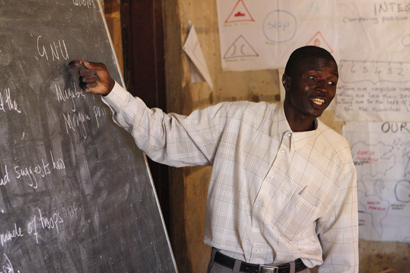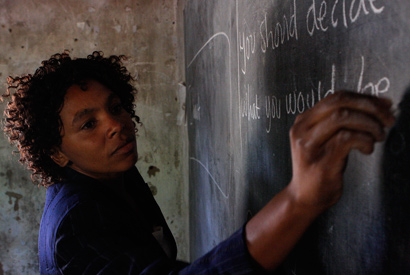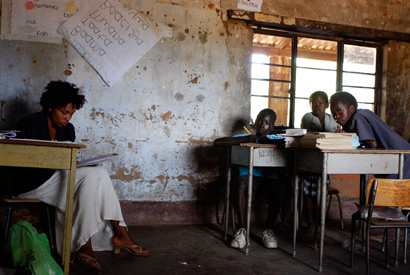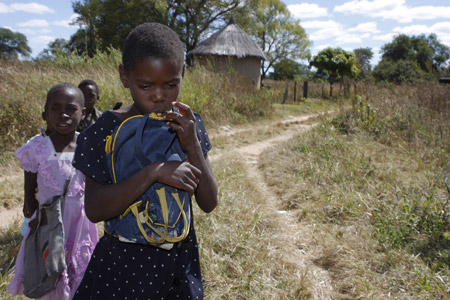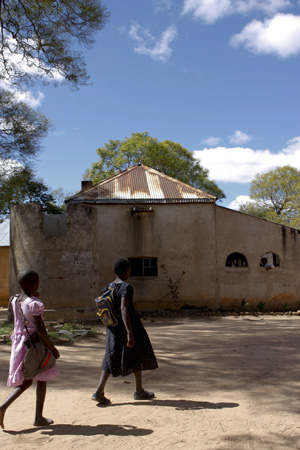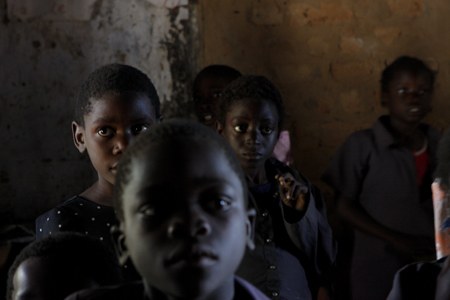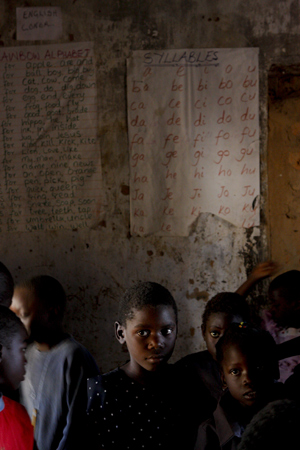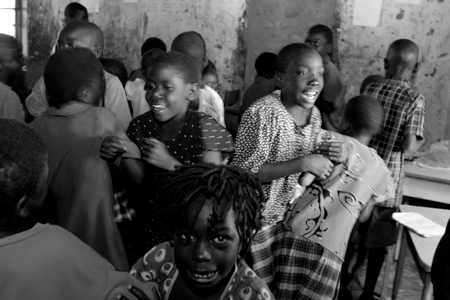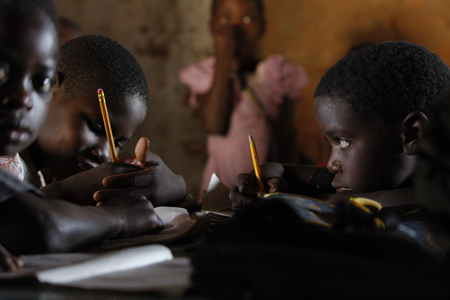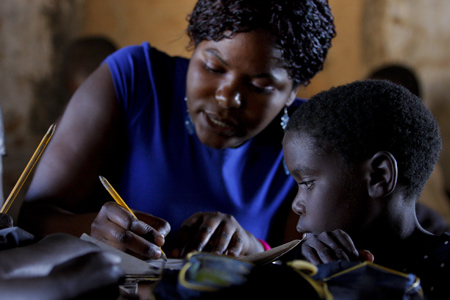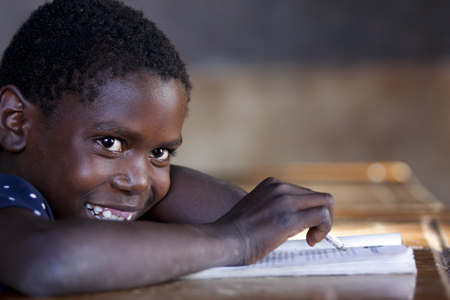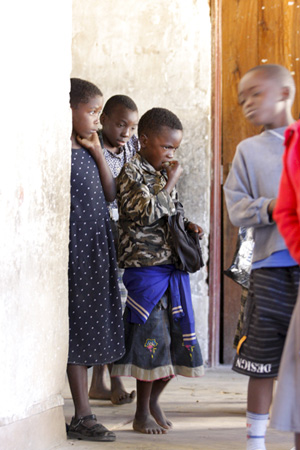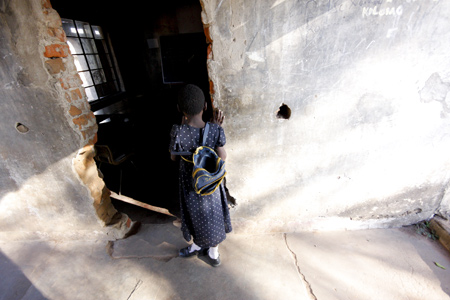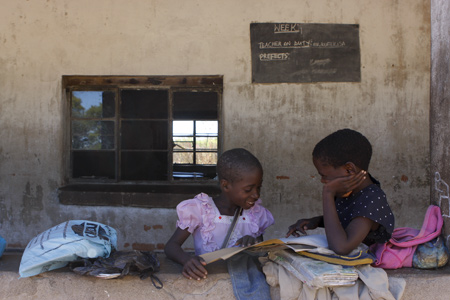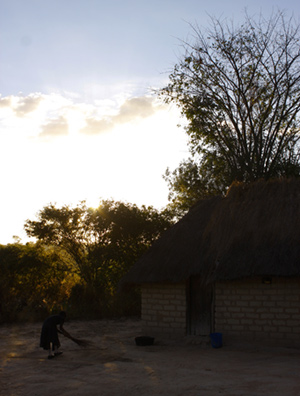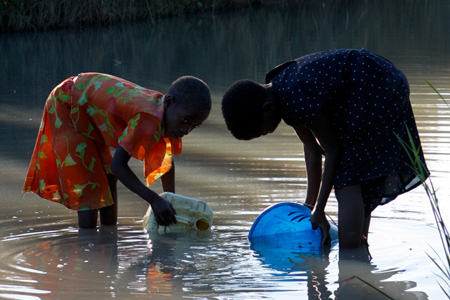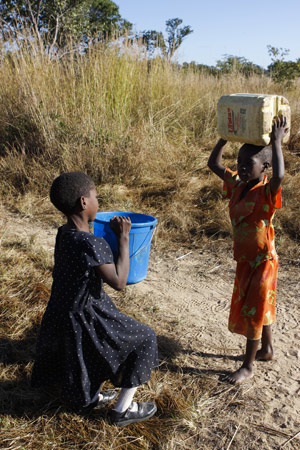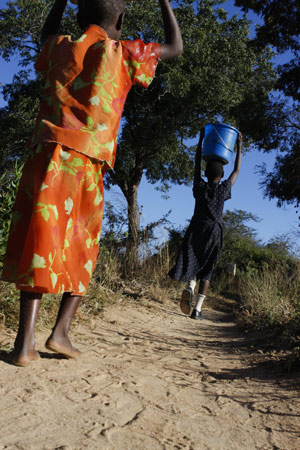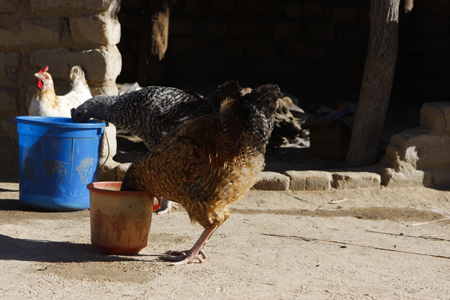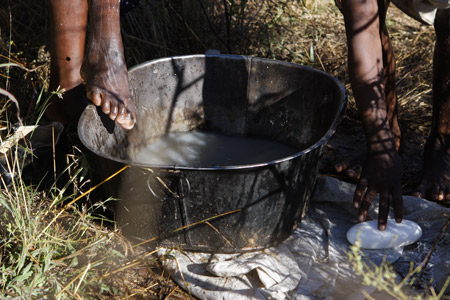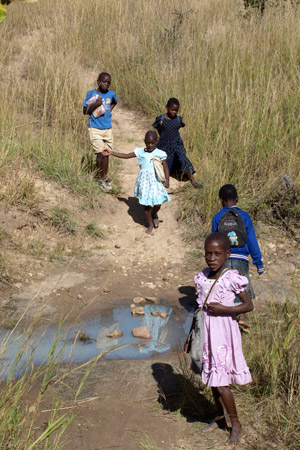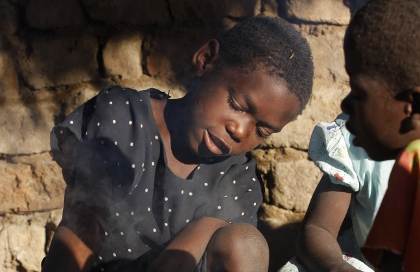In January 2011 Adam Oxford visited Simakakata Community School for the second time. He’s been keeping you up to date with progress at the school through a series of blog post. You can read them all here.
On the trip Adam shot hundreds of photos and also recorded an interview with headmaster George. He recently mixed them together to produce an audio slideshow which you can enjoy above.
Adam will be calling George early next week to get his latest diary update (there are no computers or power at the school). He’ll also be asking a minimum of five of your questions, so if there is anything you want to ask George then please leave your question in the comments section below.
